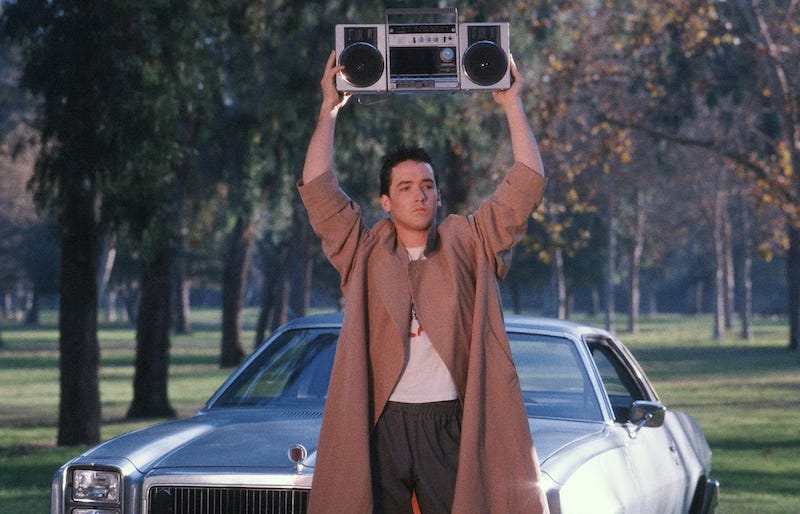When Do We Stop Finding New Music? A Statistical Analysis

🌈 Abstract
The article explores the phenomenon of "music paralysis" - the tendency for people's music tastes to stagnate and become less diverse as they age. It examines the underlying reasons for this, including the influence of music from our teenage years, the paradox of choice with streaming services, and the explore-exploit trade-off in decision-making.
🙋 Q&A
[01] Music Paralysis and Changing Music Tastes
1. What is the author's experience with Spotify's new DJ feature? The author tried Spotify's new DJ feature, which curates personalized listening sessions and introduces songs while explaining the intention behind the selections. The author found that the DJ was playing a lot of the author's favorite songs from the 2010s, indicating that their music taste had barely changed over the course of a decade.
2. What did the author's experience with the Spotify DJ lead them to research? The author's experience with the Spotify DJ led them to research the topic of music paralysis and the science of sonic preference, exploring how our relationship to music changes with age and the developmental phenomena driving our forever-shifting cultural tastes.
3. What is "open-earedness" and how does it change with age? Open-earedness refers to an individual's desire and ability to listen and consider different sounds and musical styling. Research has shown that adolescents exhibit higher levels of open-earedness, with a greater willingness to explore and appreciate diverse musical genres. This open-earedness declines as we age, with music discovery peaking around age 24 and musical tastes starting to stagnate around age 31.
4. What is the relationship between our teenage years and our lifelong music tastes? A New York Times analysis of Spotify data revealed that our most-played songs often stem from our teenage years, particularly between the ages of 13 and 16. This is because music gets wrapped up in the emotion and identity formation of youth during these formative years, leading to lifelong musical preferences.
[02] Factors Contributing to Music Paralysis
1. What are some of the practical constraints that contribute to music paralysis? According to a Deezer survey, the top reasons cited for being "in a musical rut" include:
- Feeling overwhelmed by the amount of choice available
- Having a demanding job
- Caring for young children
2. How does the "explore-exploit trade-off" relate to music discovery? The explore-exploit trade-off refers to the dilemma between seeking new information (exploring) and optimizing decisions based on known information (exploiting). In the case of music discovery, exploring would consist of finding new songs and subgenres, while exploiting would entail listening to already-beloved tunes. The article suggests that the 37% rule, a heuristic for this trade-off, may explain why musical tastes tend to stagnate around age 30 - the point at which we've spent 30 years (37% of the average lifespan) exploring new music.
3. How do psychosocial development factors influence changes in musical preferences over time? A cross-sectional study found that as we age, the degree of importance attributed to music declines, young people listen to music significantly more than middle-aged adults, and the contexts in which we listen to music change from a wide variety of settings to primarily private contexts. This suggests that our relationship with music naturally evolves as we go through different stages of life.